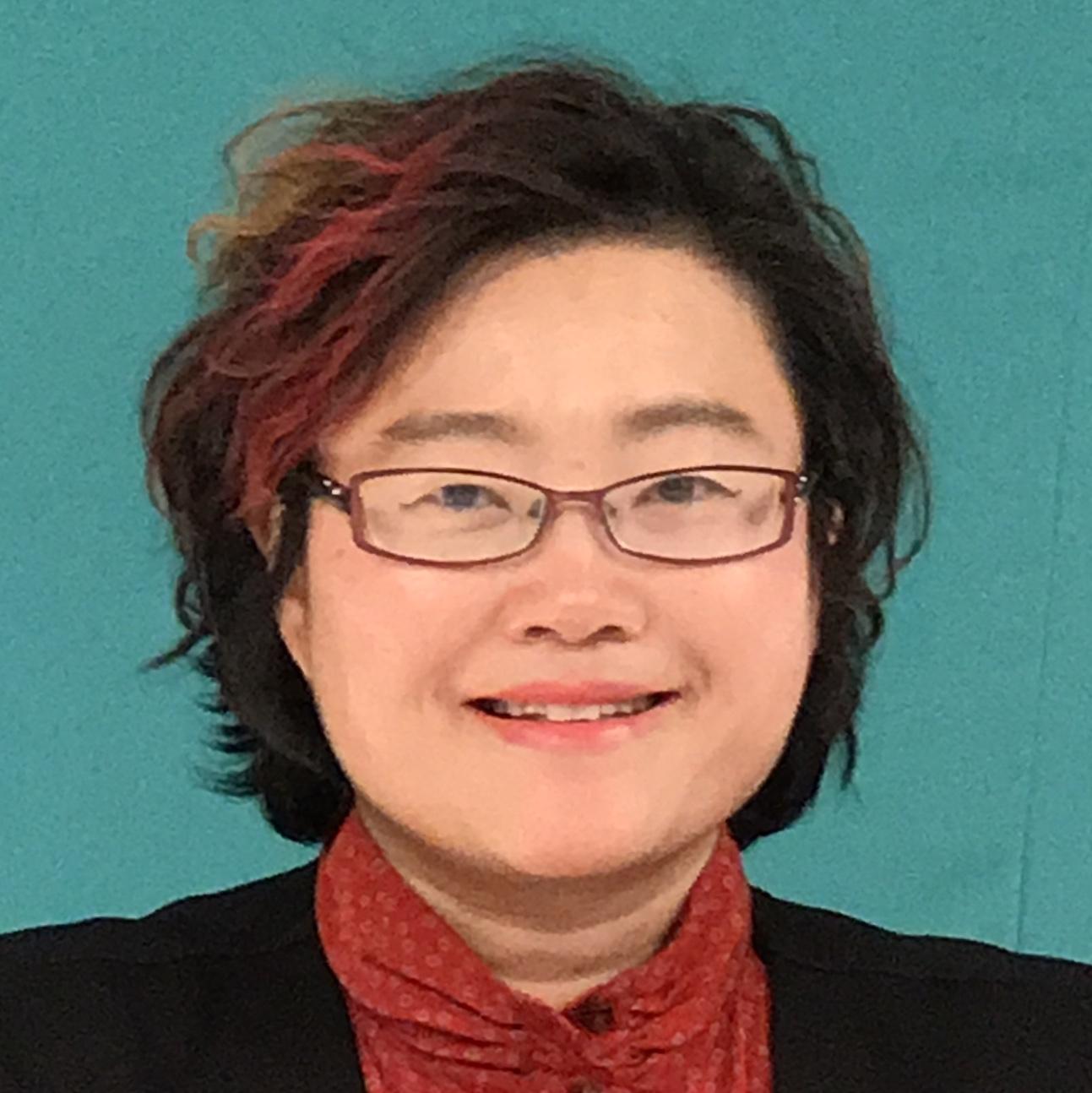The U.S.-Africa Leaders Summit in Washington last month led to many comparisons in the press with the Forum on China-Africa Cooperation (FOCAC) triennial conference. Many in the media suggested that the U.S.-Africa Summit was a response to China’s growing role in Africa. The increasing influence of China in Africa is only one of many reasons for holding the Summit at this time and it is not among the most important reasons. Nor was the U.S.-Africa Summit an effort to imitate FOCAC conferences.
The United States has stepped up its focus on Africa because it understands it has paid insufficient attention to the continent at the highest level of government in recent years. First, the domestic economic crisis that began in 2007 contributed significantly to this inattention. As the economic problems receded, it offered the opportunity to devote more time to those parts of the world such as Africa that have historically not been in the top tier of American foreign policy interests. Second, there was a belated realization that Africa’s growing economy merits more attention, especially by the U.S. private sector, in terms of increased trade and investment. Third, growing security concerns in northern Nigeria and neighboring countries, the Sahel region, parts of North Africa, South Sudan, and East Africa and the Horn underscored U.S. interests in helping to meet the security needs of friendly African governments. The security issues, which are a direct threat to U.S. interests in Africa and potentially to the homeland, also emphasized the need to deal with the root causes of extremism by increasing support for the economic development of African countries.
The growing influence in Africa of emerging countries, especially China, but including others such as India, Brazil, Indonesia, and Turkey, added to the reasons to hold the U.S.-Africa Summit. But these emerging nations have simply joined a long list of Africa’s traditional partners that includes the European Union countries, Norway, Canada, Australia, Japan, South Korea, etc. While the United States will compete commercially with all of them, there is plenty of room in Africa for everyone. Competition for commercial contracts is usually a zero sum game, but supporting African economic development and improving political stability are not. In fact, these goals cry out for cooperation among all partner nations working in tandem with African governments.
FOCAC held its first ministerial conference in 2000 in Beijing. Today, members include China and the 50 out of 54 African countries that recognize China. Burkina Faso, São Tomé and Principe, and Swaziland recognize Taiwan. Gambia recognizes neither. FOCAC meets at the ministerial level every three years, alternating locations between China and an African capital. The third ministerial conference in Beijing in 2006 was attended primarily by chiefs of state or heads of government. The sixth conference will take place in 2015 in South Africa. FOCAC is based heavily on government-to-government interaction. China largely determines the agenda, in part because it is difficult for 50 African countries to agree on it. While China has created a structure for continuing contact with African countries between FOCAC ministerial conferences, most of the daily interaction reverts to bilateral diplomacy.
The U.S.-Africa Summit has its origins in the Africa Growth and Opportunity Act (AGOA), which was signed into law in 2000 (coincidentally the year of the first FOCAC ministerial conference) by President Bill Clinton. This law urged the president to meet with the heads of government of Sub-Saharan African countries eligible for AGOA and others taking steps to achieve eligibility to discuss the expansion of trade and investment. The idea was to meet not less than every two years. The first Summit did not take place until 2014.
While the U.S.-Africa Summit focused significantly on trade and investment issues, it covered a much wider agenda than the one spelled out in the AGOA law. Unlike most FOCAC conferences, the invitations went to chiefs of state or heads of government and excluded the leaders of four countries—Zimbabwe, Sudan, Eritrea, and the Central African Republic—with whom the United States has unsatisfactory relations. The invitation list exceeded the AGOA concept by including North African states and some countries that will probably never be eligible for AGOA.
The U.S.-Africa Summit had much greater involvement than FOCAC by the private business sector and included numerous events on the margins of the Summit organized by think tanks and non-governmental organizations. In addition to trade and investment, the Summit devoted significant attention to security, counterterrorism, peacekeeping, and political stability. Although both FOCAC and the U.S.-Africa Summit dealt with a broad range of issues, the Summit was a different kind of conference than those organized by FOCAC.
Unlike the institutionalized FOCAC conferences, there is no guarantee there will be another U.S.-Africa Summit. It will almost certainly not happen in the final two years of the Obama administration. The next president—Democrat or Republican—may decide not to host such an event. So long as the Communist Party remains in power in China, it is highly unlikely the FOCAC conferences will be terminated. The U.S. political system does not lend itself to this kind of certainty.
David Shinn is an adjunct professor in the Elliott School of International Affairs at George Washington University and former U.S. ambassador to Ethiopia and Burkina Faso.
